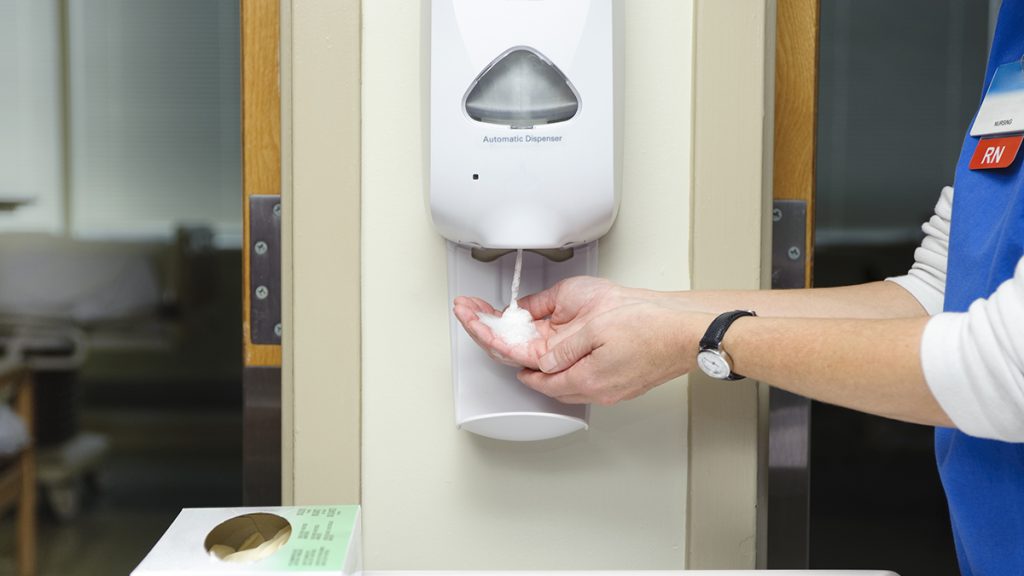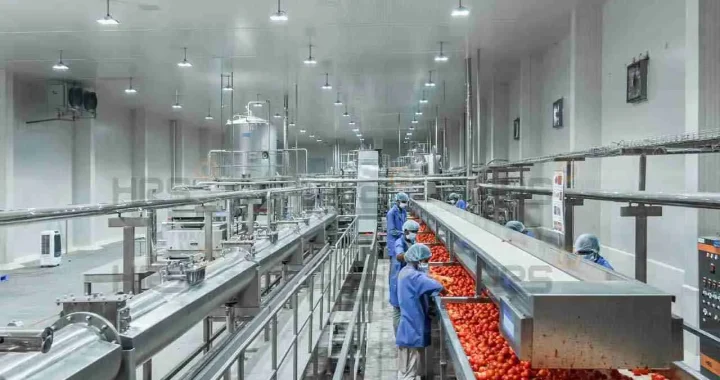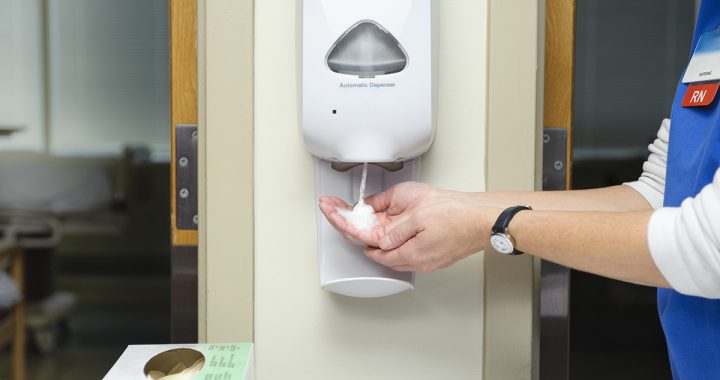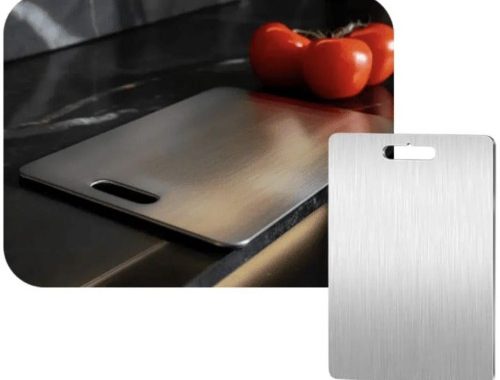
Touch-Free Ice Dispensers: Enhancing Hygiene and Safety in Healthcare Facilities
Healthcare is one place where cleanliness is not an option — it’s a necessity. Everything in a medical environment has to be sanitised, from equipment all the way to surfaces. That even includes something as basic as ice. Whether it’s for hydration, injury recovery, or even in food service, ice products need to be managed and treated in a safe way to minimise the risk of contamination.
Here is where touch-free ice dispensers come in handy. They are working to help hospitals, clinics, and aged care centres improve hygiene and workflow and meet health codes — all while delivering clean, safe ice when it’s needed most.
Why Healthcare Needs to Rethink Ice Handling
You probably don’t think much about ice in your kitchen. But in a medical setting, that’s no longer true.
Ice is used to:
- Keep patients hydrated
- Manage swelling and pain
- Preserve medications
- Support food and beverage service
But traditional methods — scooping ice out of bins (or worse, buckets) — can be unsanitary. Cross contamination from hands or the same utensils can make ice a bacterial transportation system.
That’s why they are stepping up to a hospital-grade commercial ice machine now. These sophisticated machines have closed systems, no-touch dispensing, and materials designed to help prevent the spread of germs. The result? Cleaner ice, safer patients, and better hygiene.
Advantages of Hands-Free Ice Dispensers in Hospitals
1. Improved Hygiene
Since there’s no scooping or touching the dispenser, the risk of spreading germs is significantly reduced. This is particularly important in communities that are already susceptible to infections.
2. Faster, More Efficient Service
Touch-free versions allow staff to scoop ice out directly, with no delay. From prepping an ice pack to filling a hydration jug, everything is faster — and healthcare professionals can focus on their patients.
3. Meets Health and Safety Standards
Today’s dispensers are constructed with infection control in consideration. Numerous models have smooth, wipe down-able surfaces, and antimicrobial coatings.
Selecting the Perfect Ice Machine for Healthcare Applications
All ice machines are not created equal — particularly in medical facilities. Note the following when choosing a unit:
- Closed-off storage areas to avoid dust and other contaminants
- Anti-bacterial finishes, which do not allow growth of bacteria
- High-speed production for constant availability
- Small or under-the-counter to be space-saving
- Quiet operation for a peaceful environment
These features will help ensure that when upgrading to a hospital-grade commercial ice machine, your investment supports a safe and effective operation.
Healthcare Ice Dispensers: Where They Work Best
Where you put your dispensers is just as important as the model you choose. Some of the better ones include:
- Hydration for patients and staff
- Areas for treatment for rapid access to fast ice during care
- Aged care dining rooms with facilities for residents to self-serve served safely
- Employee kitchens to minimise cross-contact and increase hygiene
Installing your ice dispenser for your medical facility’s hydration in the correct area you create a more streamlined, safer system for you daily operations.
Other Features to Consider
Take into consideration the following additional advantages:
- Touchscreen or motion-activated controls
- Built-in self-cleaning cycles
- Energy-saving parts which can minimize operating costs
- Overflow protection systems
- Temperature monitoring for consistent performance
These benefits result in safer ice handling and less work for your maintenance team.
Final Thoughts
In healthcare, it doesn’t take much to see a big difference. It might sound trivial, but how and where ice is stored and served has a direct bearing on infection control and patient safety.
Machines like this touch-free ice dispenser help keep hands, ice, and minds clean for staff and patients. If your operation uses a significant amount of ice each day, then you’ll want a hospital-grade, commercial ice machine that delivers reliable, sanitary performance around the clock.
In the end, improving your ability to handle ice is a matter not just of convenience but one of protecting those who depend on your care.





